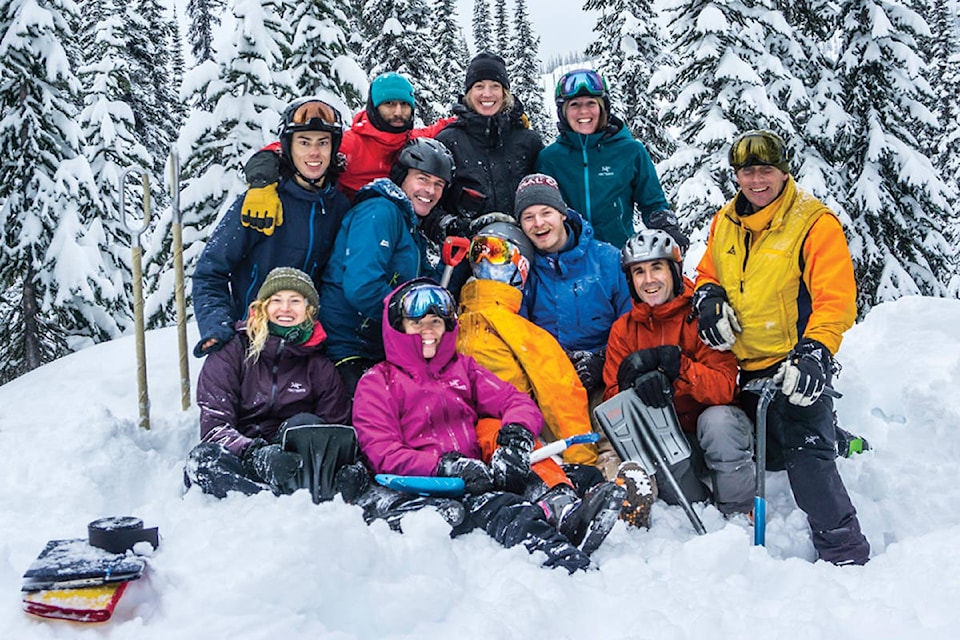A joint research project between the College of the Rockies and a heli-skiing business has developed a best-practices guideline for safely extracating skiers caught in tree wells.
The College of the Rockies Mountain Adventure Skills Training program and CMH Heli-Skiing and Summer Adventures teamed up last year to research self-rescue techniques if a backcountry user is caught in a tree well.
“This research has resulted in best-practices guidelines for tree well incidents which will help to make the backcountry a safer place for all to enjoy,” said College of the Rockies MAST program coordinator, Brian Bell.
A tree well is an area of loose snow around the trunk of a tree that can cause serious injury or death if a skier or snowboarder falls into one. Tree wells can immobilize a backcountry user, who are largely unable to self-rescue, according to Canadian Ski Patrol statistics on tree well incidents.
Research was conducted in late 2017 and into 2018, which involved both classroom-based resesarch along with a four-day field exercise in Nakusp, where 22 mock rescues were simulated. Useful data was collected, such as surveying tree wells to determine depth, shape and orentiation around the tree trunk.
“This project required the perfect mix of skills from MAST students and focused on solving a real-world problem that is a concern for our students and for anyone who frequents the backcountry,” Bell said.
Rob Whelan, CMH Assistant Area Manager, CMH Kootenay says the partnership also helped develop safety instruction protocols for CMH staff and guests.
“The hard work and excellent preparation of the MAST students allowed us to collect a robust and unique dataset regarding tree well phenomena and to formalize a new tree well rescue technique that we can implement as part of our safety training,” said Whelan.
In the end, under Whelan’s direction, a ‘T’ Rescue system was identified, which demonstrated that the most effective rescue actions were a combination of digging, platform preparation, and pulling.
The final report was shared with the Canadian Avalanche Association at annual meetings in the Okanagan last year, as well as the Elk Valley snow avalanche workshop.
It was publsihed in the Avalanche Journal (vol. 118), while Bell also presented it during staff training for Retallack Catskiing.
trevor.crawley@cranbrooktownsman.com
Like us on Facebook and follow us on Twitter
